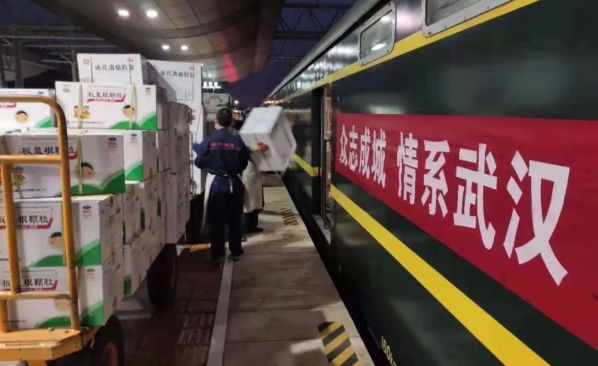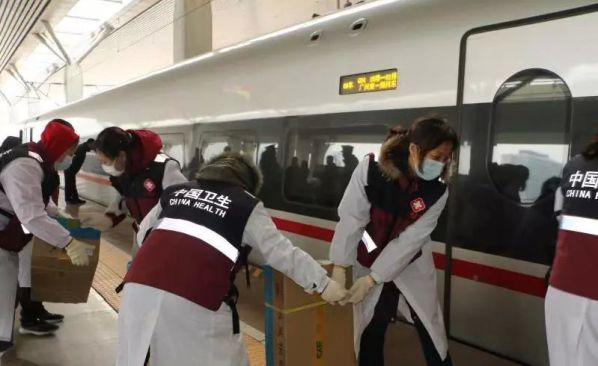By January 27 CR had cancelled 267.5 train pairs, including 214.5 travelling through Wuhan. Currently all trains starting in Hubei province and all those operated by Wuhan Railway Group are suspended or adjusted. Free refunds for trains scheduled between January 21 and 25 are available, with around 32.2 million refunds set to be made.
In Hong Kong, chief executive Dr Carrie Lam has bowed to pressure to address the outbreak by suspending cross-border rail services from midnight on Thursday. Cross-border ferries are also set to be suspended while the number of flights from the mainland will be cut in half. People will no longer be issued permits to visit Hong Kong from the mainland.
In the current timetable, MTR operates 83 short-haul high-speed services to Futian, Shenzhen, Humen or Guangzhou per day while 17 long-distance train pairs operate to and from destinations including Chaoshan, Shantou, Beijing, Kunming, Fuzhou, Xiamen, Changsha, Chongqing and Shanghai. MTR also operates nine conventional cross-border trains to Changping and Guangzhou in each direction every day. In its half-year results published in August, MTR reports that an average of 318,400 people are using the cross-border service every day with another 54,900 average daily passengers using the high-speed service.
Around 155,000 people arrived in Hong Kong by land and sea from China on January 28.
Leadership group
CR says it has formed a prevention and control leadership group to work jointly to prevent and control the railway’s response. Several meetings have been held while the railway is also working closely with local governments to develop an adequate response.
From January 25, 79 stations were closed and services are no longer stopping at stations in Hubei province. In addition, CR has mobilised staff at 1570 stations across the network to cooperate with local epidemic prevention departments to check the temperature of passengers entering and exiting stations. On January 27, 111 passengers were identified with high temperatures and transported to the local epidemic response centre.
The railway is also transporting medical supplies and personnel to support the effort. By January 25 190 tonnes of materials including gloves, masks and medicine divided into 343 batches were transported by rail.
The railway is also taking steps to protect passengers and employees by conducting emergency disinfection of trains and stations where passengers are found to have a temperature. All railway employees and police officers are wearing masks. The railway is also promoting prevention measures through its various information and media channels.

Wuhan
In the city of Wuhan, the source of the outbreak and a major hub on the high-speed network, all outbound trains from the city’s three railway stations as well as the nine-line 339km metro network were suspended from January 23 with the city of 11 million now effectively in lockdown.
Neighbouring Huanggang, a city with a population of 7.5 million, also suspended public transport and train services on January 24 while Ezhou, a city of 1.1 million, suspended rail services from its station on January 23.
The outbreak coincides with the Lunar New Year holiday, the busiest time of the year for travel in China. In early January, government authorities estimated that 440 million people were set to travel over the weekend of January 25, which is described as the largest current migration on the planet. With many of the festivities cancelled, the week-long holiday has been extended until Sunday.
More than 100 people have now died from the virus in China with around 4500 reportedly infected as of January 27, up from 2835 the previous day.

